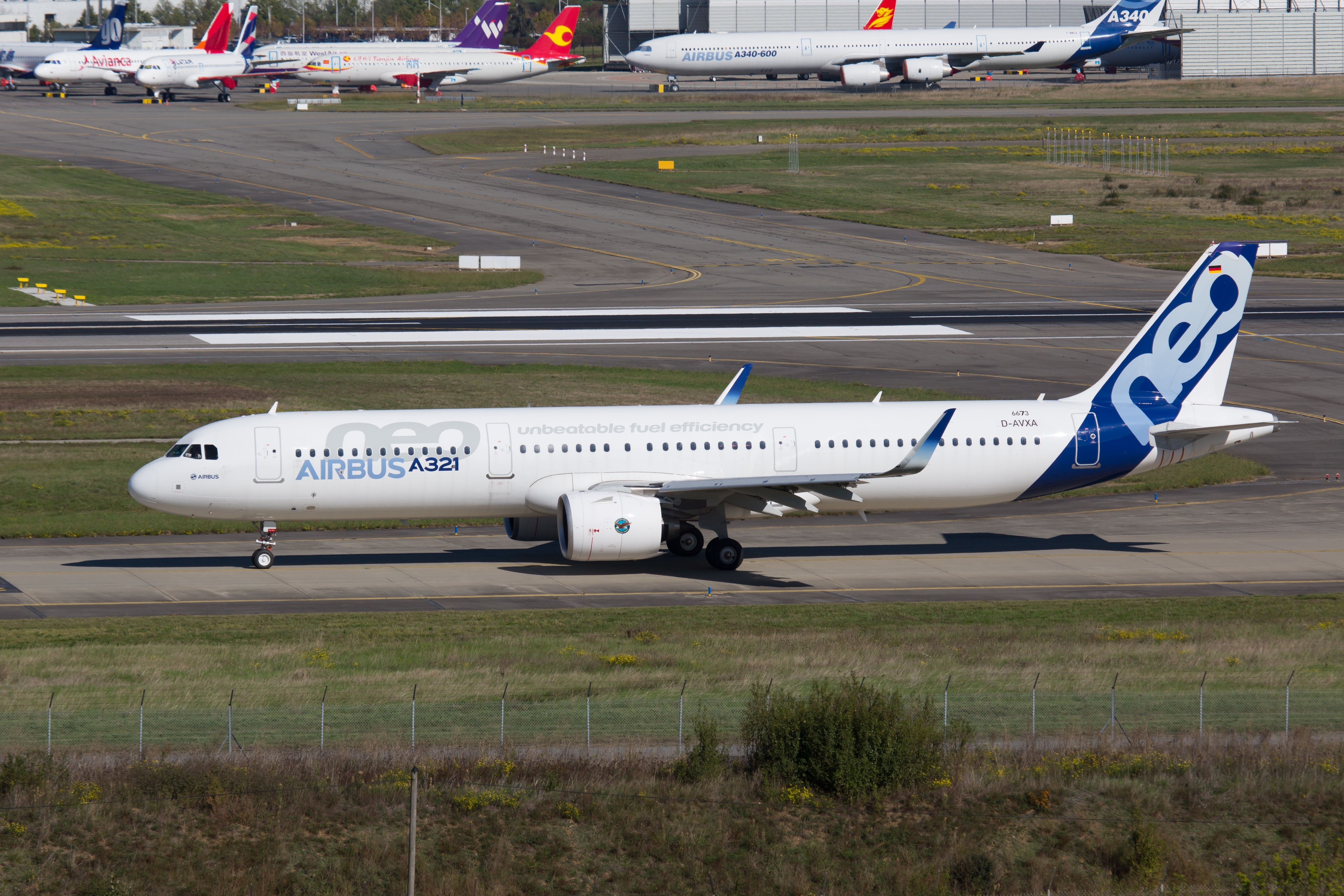Members of the European Parliament are currently busy passing regulations tied to the EU's Green Deal - a set of policy initiatives that aim to make the bloc climate neutral by 2050. Part of this broader initiative is the Fit for 55 package, which has the goal of reducing greenhouse gas emissions by at least 55% by 2030 compared to 1990 levels.Again, as part of the Fit for 55, there is the RefuelEU initiative. This aims to decarbonize aviation and support the development of the sustainable aviation fuel (SAF) industry and includes a blending mandate. The mandate is set to start at 2% in 2025 and then increase gradually to 63% by 2050. However, getting there is not at all a straightforward affair.It is true that SAF is several times more expensive than fossil-based Jet A (just how much depends on the availability of the feedstock, but usually anywhere between three to eight times as expensive). However, if one believes it is simply a matter of cost and that if airlines (or customers) would just be willing to pay enough, they could fly on the maximum amount allowed (a 50% blend) of sustainable fuels today, one would be sorely mistaken.
Minuscule amounts at crazy prices
Indeed, even for those willing to pay a premium for special occasions and with the necessary infrastructure already in place, the difficulty to get their hands on sufficient amounts of SAF is striking. In the words of Airbus' President for Africa and the Middle East, Mikail Houari, while speaking at the Arab Aviation Summit in Dubai on Tuesday, what is available today is "peanuts" and at a "crazy cost." For the delivery of its latest narrowbody aircraft to Egyptair, Airbus could not access the amount of SAF on which the plane is certified to operate.
Mr Houari said,
"We are very happily delivering a few days ago the first A321neo to our friend from Egypt, and we could only find 34% SAF. So the ferry flight was with 34% SAF, which is good, but it is not enough because we could not find more."
In October 2021, Etihad faced the same problem when operating its first "sustainable flight" from London to Abu Dhabi, having to settle for a 38% SAF blend. For a flight from Tokyo to Abu Dhabi in October last year, it managed to scrape together enough SAF to fly on a 40% mix.
The 100% quest
Modern aircraft are certified to operate on 50% SAF. However, aircraft and engine manufacturers are currently testing 100% SAF across their product lines, hoping to speed regulatory proceedings and approval along. Last week, Airbus operated an A321neo powered by the LEAP-1A from CFM International with 100% SAF in both engines.
While 100% SAF may be a moot point at this stage, given the low supply, hopes are that it will provide investors with some certainty as to the future prospects of the market.
Getting there on time?
IATA estimates that the production of SAF tripled in 2022, reaching at least 300 million liters, or about 79 million gallons. Given that in the US alone, jet fuel consumption averaged about 63 million gallons per day, it is easy to see that despite all the potential promises of SAF, supply is far from making any significant dent in aviation's CO2 emissions. However, with an industry predicted to reach $15 billion by 2030, this is bound to change. The question is whether it will be enough.
Want to know more about sustainability in aviation?
Source: Energy Information Administration,

